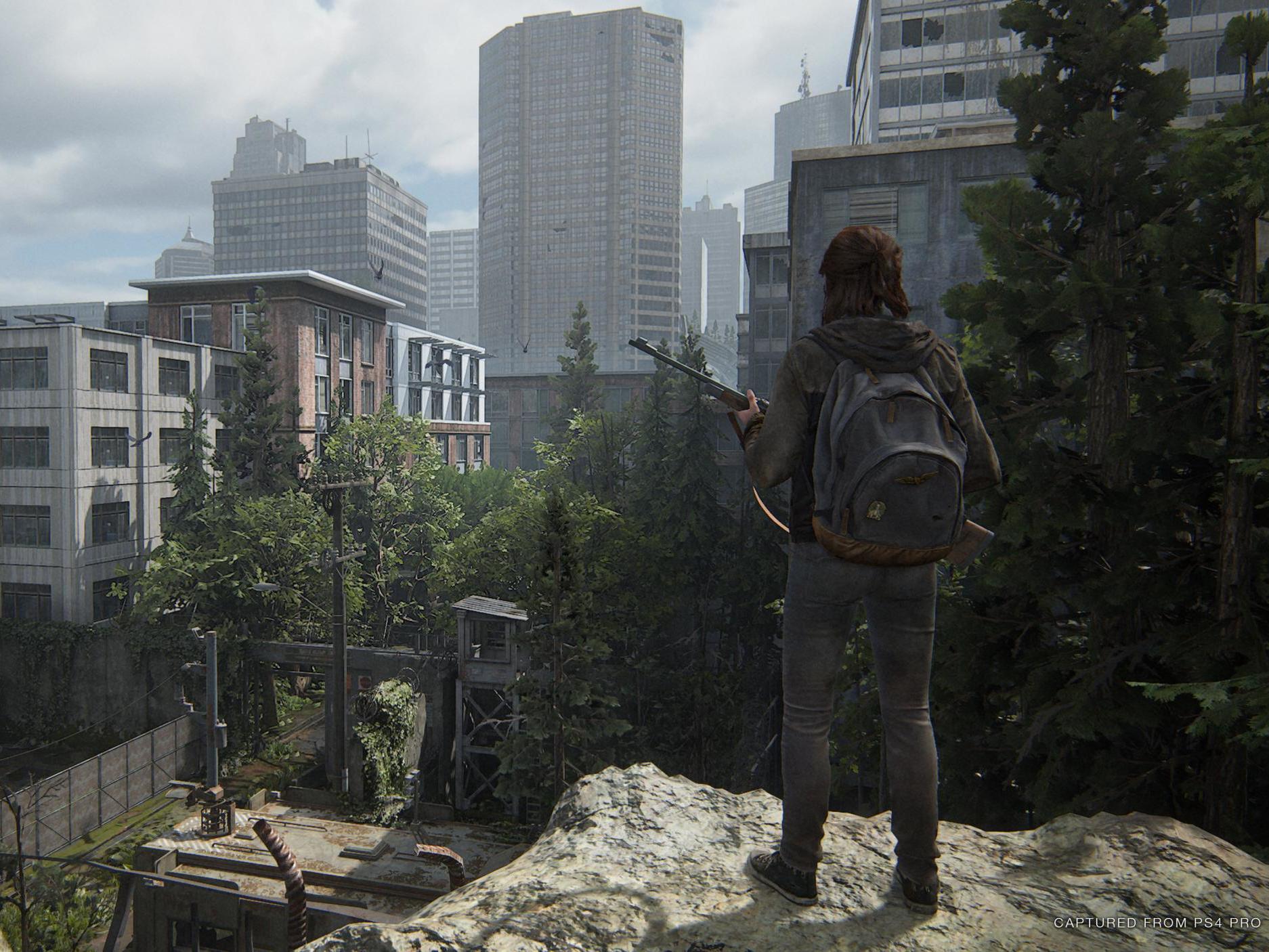The Last of Us Part II review: A bleak and beautiful triumph
Naughty Dog’s long-awaited action-horror sequel artfully transcends expectations

Your support helps us to tell the story
From reproductive rights to climate change to Big Tech, The Independent is on the ground when the story is developing. Whether it's investigating the financials of Elon Musk's pro-Trump PAC or producing our latest documentary, 'The A Word', which shines a light on the American women fighting for reproductive rights, we know how important it is to parse out the facts from the messaging.
At such a critical moment in US history, we need reporters on the ground. Your donation allows us to keep sending journalists to speak to both sides of the story.
The Independent is trusted by Americans across the entire political spectrum. And unlike many other quality news outlets, we choose not to lock Americans out of our reporting and analysis with paywalls. We believe quality journalism should be available to everyone, paid for by those who can afford it.
Your support makes all the difference.★★★★★
When The Last of Us came out on the PlayStation 3 seven years ago, it was widely heralded as an immediate classic. The game told the story of grieving father Joel and his surrogate daughter Ellie as they traipse across the US, which has been decimated by a zombifying virus. Praise was lavished on its intense, gripping action, sublime world design, endearing characters and soulful, ambiguous story. It’s no surprise that many fans are ready to anoint The Last of Us Part II, out next week, as the PS4 era’s crowning achievement, without having played a minute of it.
Part II begins four years after the ending of The Last of Us – when Joel freed 15-year-old Ellie, who is immune to the virus, from a Washington hospital, where doctors had hoped to cut open her head and develop a vaccine. Things have got messier for Ellie and Joel, as they live in the rubble of that costly decision; each gasp for air fills their lungs with its dust.
The two of them have settled down, finally, in Jackson, Wyoming, with Joel’s brother and a small settlement of people. They have bars, weed, music and electricity; save for the armed patrols who guard the area from “infected” – cannibalistic, sometimes freakishly mutated, virus victims – this could be any rural town you know.
Before too long, however, Ellie’s life is torn apart in a flash of barbarity, and she leaves her home for Seattle, and bloody vengeance. The bulk of The Last of Us Part II’s story (which is, give or take, 25 hours long) then takes place over three days, in Seattle’s verdant ruins, with a chronology that flits back and forth between events.
Whereas The Last of Us placed you mostly in control of Joel, the sequel sees you play a great deal as Ellie. This has as many ramifications for the gameplay as the story: Ellie is nimbler, able to crawl through holes, dodge oncoming attacks. She is also more vulnerable, lacking Joel’s power or capacity for intimidation. To compensate, she fights with even more desperate brutality, swinging a switchblade at onrushing foes, aiming for their heads, throats, and hearts.
Armed with whatever weapons you can find, you travel through areas filled with enemies – either the infected or factional human militias – whom you must elude, stealthily kill or attack head-on. Pass through one area and you find the next, filled with yet more enemies. Every kill is guttural and perversely enjoyable, and the world is so vibrantly designed that each encounter feels unique and specific.
The reaction to leaked plot spoilers in April offered a heady preview of the backlash that will inevitably accompany the game’s release – including bigoted objections to the game’s lesbian protagonist and the inclusion of other substantial queer characters. But The Last of Us Part II is on the right side of history, and its new characters are as richly drawn, well-acted and absorbing as any from the first game. There are no true villains, or perhaps there are only villains – in the game’s world, violence metastasises readily and horribly, its own kind of infection.
Visually and immersively, the game is almost unparalleled, but this much was never really in doubt. Developers Naughty Dog have a reputation for producing cutting-edge games (and a not-unrelated reputation for gruelling production methods), and The Last of Us Part II has the benefit of some of the most advanced digital technology there has ever been.
But the game transcends expectations. There is nothing expected about the game’s performances, especially those by Ashley Johnson (Ellie) and Troy Baker (Joel), which are, by a yard, the two most moving I’ve seen in a game.

Nor is there anything expected about the storytelling, which is layered and uncompromising, willing to flip sympathies and subvert conventions. Quiet character beats are given just as much care as expansive action set-pieces, and are just as compelling.
The Last of Us Part II is a bleak, distressing game, and tremendously violent. Ellie’s quest for revenge takes on a near-Shakespearean intensity; blood will have blood, always. Unlike many gore-filled games, though, The Last of Us Part II interrogates its own existence: violence is part of both medium and message. In among the trail of debris and cadavers, the game finds something real and meaningful. It nurtures it, holds it aloft – messy, yes, but peerlessly good.